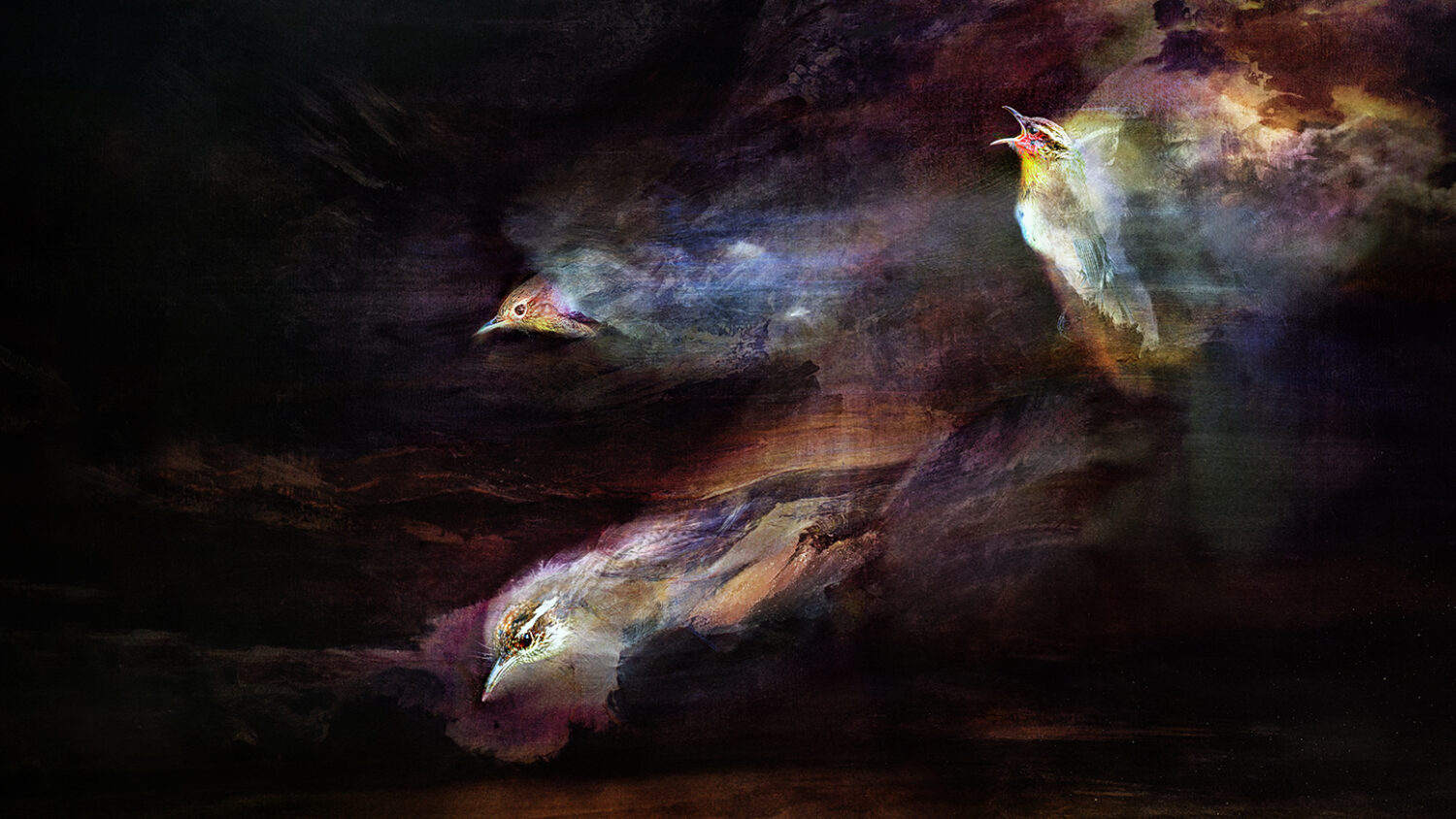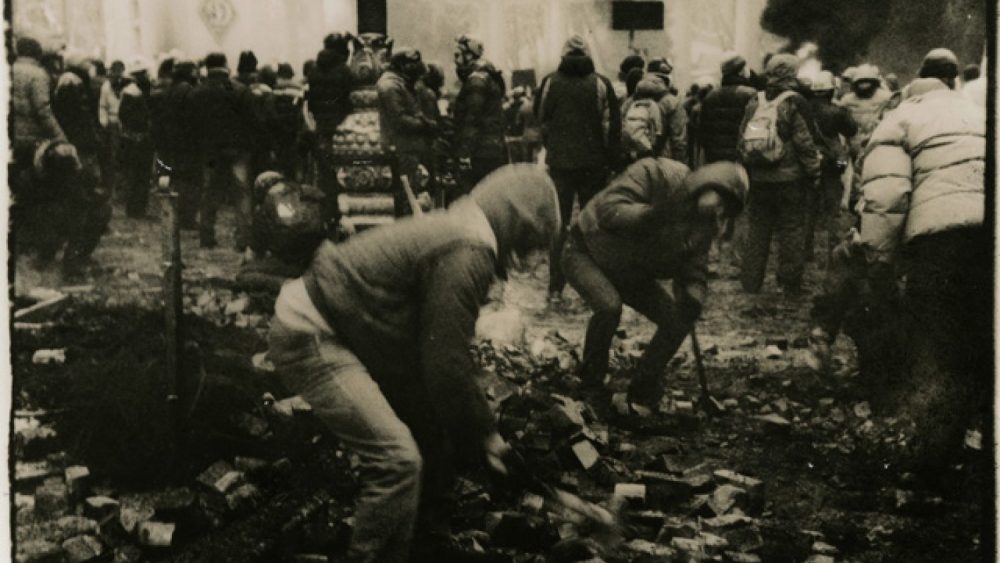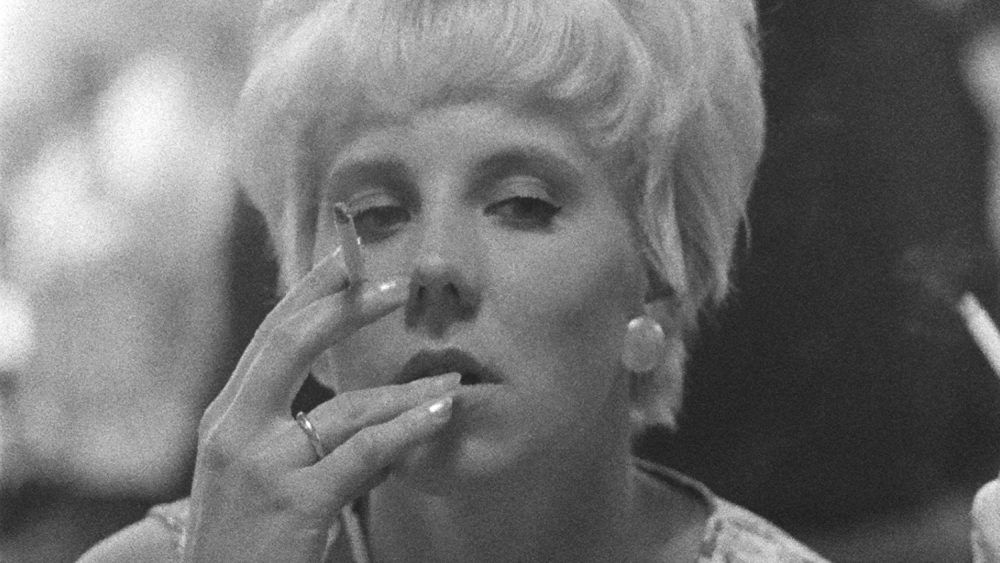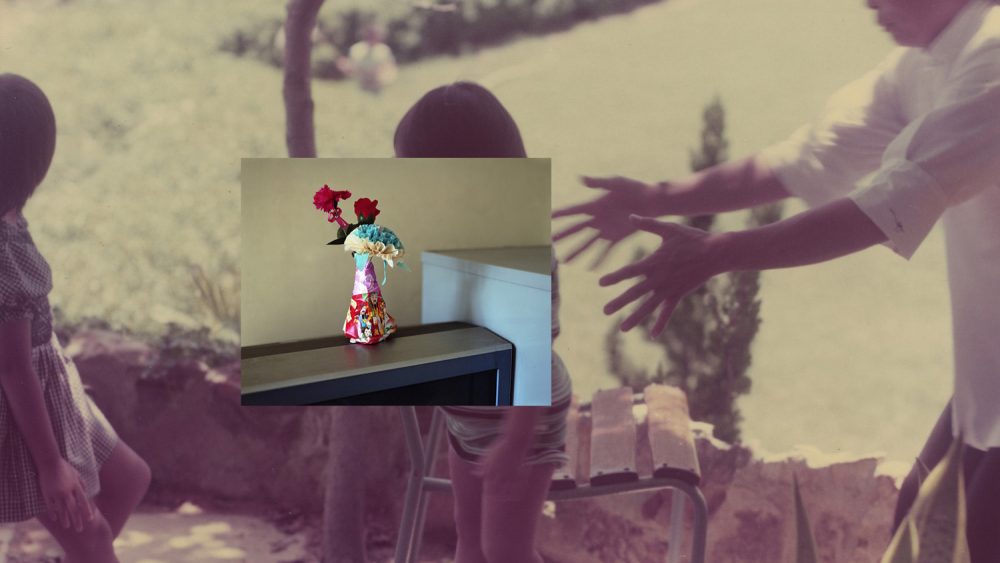Creation and destruction as coexisting processes. 10 minutes with Valentyn Odnoviun
Valentyn Odnoviun is a Ukrainian photographer, curator, and researcher based in Vilnius, Lithuania. He is a curator at the Šiauliai Photography Museum and a lecturer at the Vilnius Academy of Arts. In 2019, two of his photo series, Surveillance and Horizons, which explore repressive systems in Eastern Europe, were exhibited at the Latvian Museum of Photography. While creating these series, he visited former political prisons in the Baltic States, Poland, Germany, and Ukraine. He has organized his own exhibitions and curated exhibitions for others in the Baltic States, throughout Europe, and in the United States.
This year, he won the LensCulture Critics’ Choice Award 2025. In parallel with his creative work, he is currently working on his PhD dissertation, Intersections among Ukrainian, Lithuanian, Latvian, Polish, and Czechoslovak Art Photographers from the 1960s to the early 1990s.
From October 1 to October 31, Kaunas will host the International Photography and Media Art Festival. The festival, now in its third edition, focuses on the power of ideas—how ideas can create new meanings or dismantle old ways of thinking. The curator of the International Invited Artists Section at the 2025 IPMA Festival is Carine Dolek from France, while the Lithuanian Invited Artists Section is curated by Valentyn Odnoviun. Annija Mangale from Latvia will also participate in the festival with her photo series Subjective Translation, created using records from the Latvian Museum of Photography’s card index and first presented at the ISSP school graduates’ exhibition Pārnese, curated by Iveta Gabaliņa and Aleksejs Beļeckis.
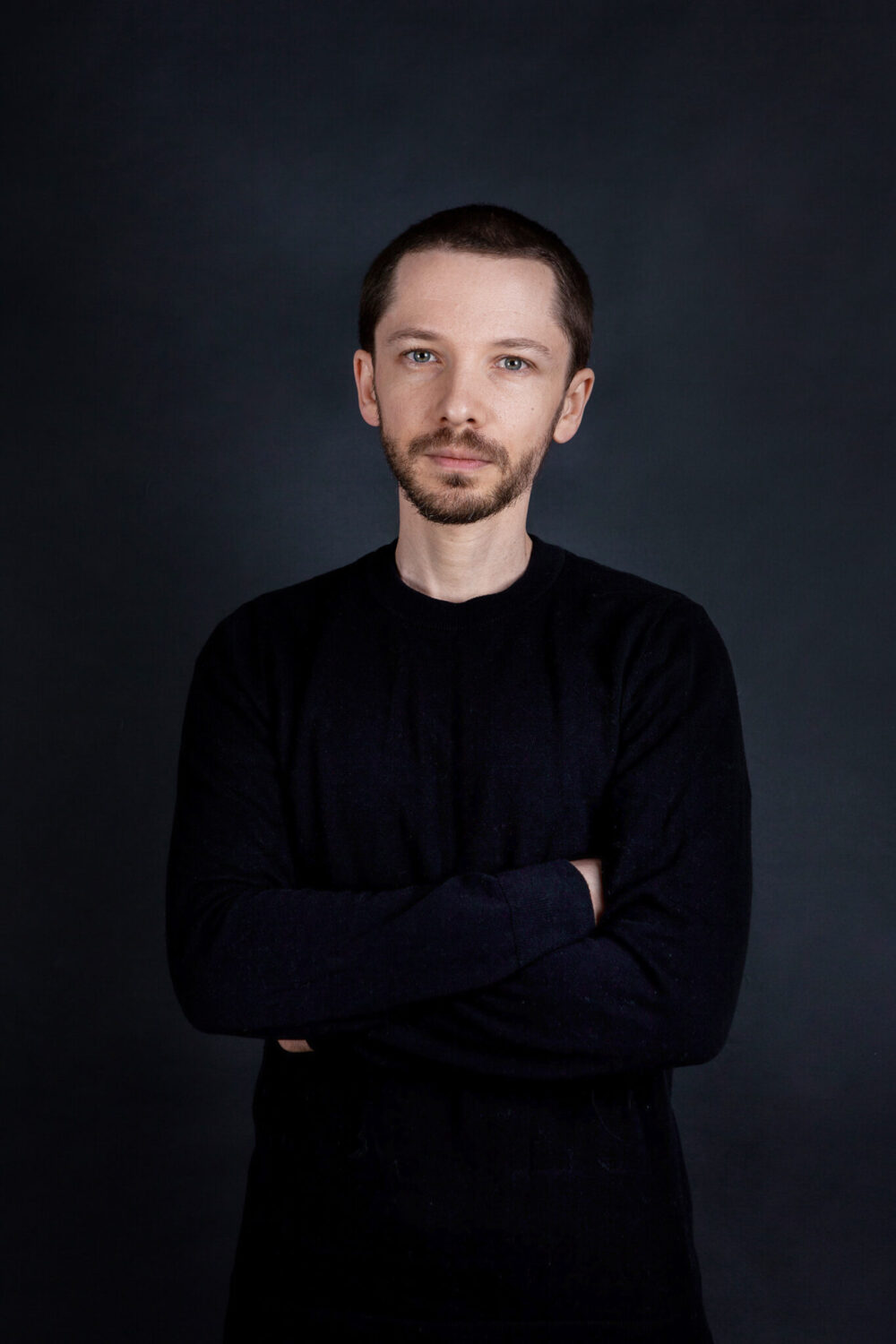
What is photography in your everyday life?
For me, photography is both an artistic tool and a research method. As an artist, I use it to construct visual languages that reflect the world around us. As a scholar completing my PhD on the history of photography, I decode how images work across time — what they reveal, what they conceal, and what they obscure. These two practices constantly overlap: the way I analyse photographs informs my curatorial decisions, and my artistic work often grows out of the same interest in how meaning is built, hidden, or transformed through images.
What is the main mission of IPMA, and what is the focus this year?
From my perspective, IPMA aims to present exhibitions not as closed arguments but as catalysts for reflection. We want visitors to leave with more questions than answers — challenging what they thought they knew, discovering unexpected connections, or finding personal resonances in the works.
This year’s theme, Ideas: Constructive and Destructive, explores how creation and destruction are never fully separate. Rather than treating destruction as an end, or construction as a cure, we see them as coexisting processes — absence alongside presence, decay alongside renewal. The festival highlights how artists construct knowledge from within destruction itself: by repurposing materials, distorting familiar forms, or exposing forgotten residues.
In the Lithuanian section, which I curated, five artists engage with these tensions. Visvaldas Morkevičius transforms riveted aluminium into something that looks both like armour and a target. Valentin Rajenkov builds a reading room instead of a traditional artwork. Vilius Juozapas Vingras confronts us with uranium-glazed plates, a reminder that nuclear progress always carries danger. Laurynas Mataitis revives Cold War “music on bones,” where forbidden songs were recorded on X-ray film — proof that censorship can perpetuate the very culture it seeks to suppress. And Žilvinas Baranauskas photographs decaying Soviet concrete blocks, showing how ruins themselves preserve memory.
Together, these works suggest that making and breaking are entangled gestures. Every shield carries the memory of a wound, every archive hints at absence, and every technology leaves traces we cannot yet measure.
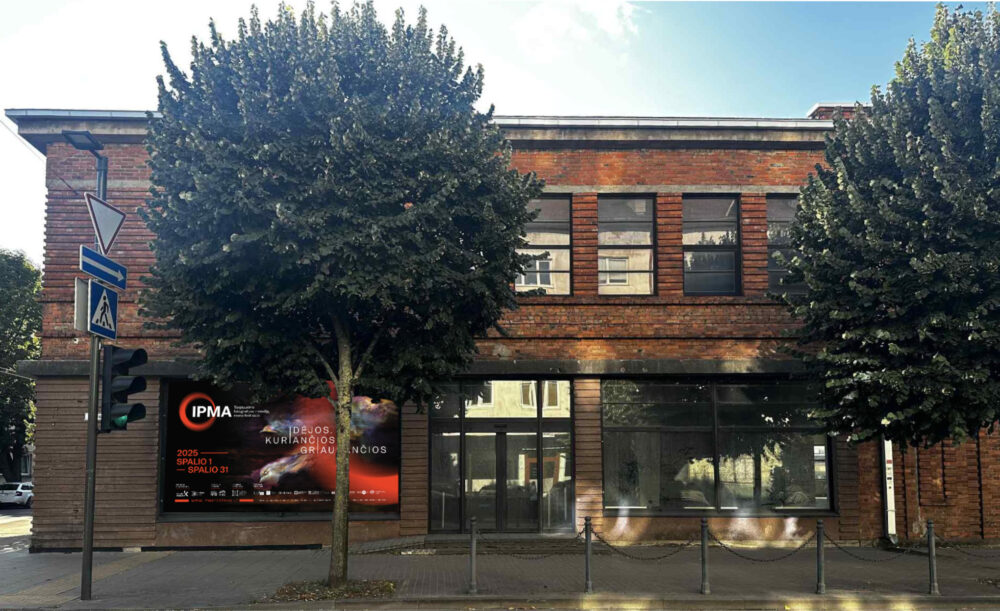
How big a role does photography play in this festival?
Photography still accounts for a large part of the festival, but often in expanded or unconventional forms. Some works are installations that combine photography with sound, text, or even ceramic objects. Others treat photography as a metaphor — about how we record, erase, and misremember history.
Photography today no longer functions as it did in the beginning. It merges with AI, passes through text and sound, and operates across different platforms. But precisely because of this shift, photography remains central: it is one of the most powerful tools we have for reflecting on how images define our lives.
How widely represented are Latvia and Estonia at this year’s festival?
This year, we have one artist from Latvia, Annija Mangale, who was selected through the Open Call. While representation from the Baltic States is still modest, the festival’s international scope is strong. Alongside the Lithuanian and Latvian participants, this year’s program includes artists from Australia, India, Poland, Italy, Germany, and the United Kingdom. The international section was curated by my colleague Carine Dolek, who brought in diverse perspectives.
What are the main tendencies in Lithuanian photography at the moment?
Lithuanian photography today is highly diverse. On the one hand, there are established circles of photojournalists and members of the Lithuanian Art Photographers’ Association. On the other hand, we see new directions emerging, shaped by institutions: the Vilnius Faculty of the Vilnius Academy of Arts leans more toward contemporary art theory, while the Kaunas Faculty, influenced by lecturers trained in the UK and Switzerland, brings experimental approaches to materiality and process.
What unites these tendencies is a shared interest in photography not just as documentation but as a way of engaging with archives, memory, and the material traces of history.
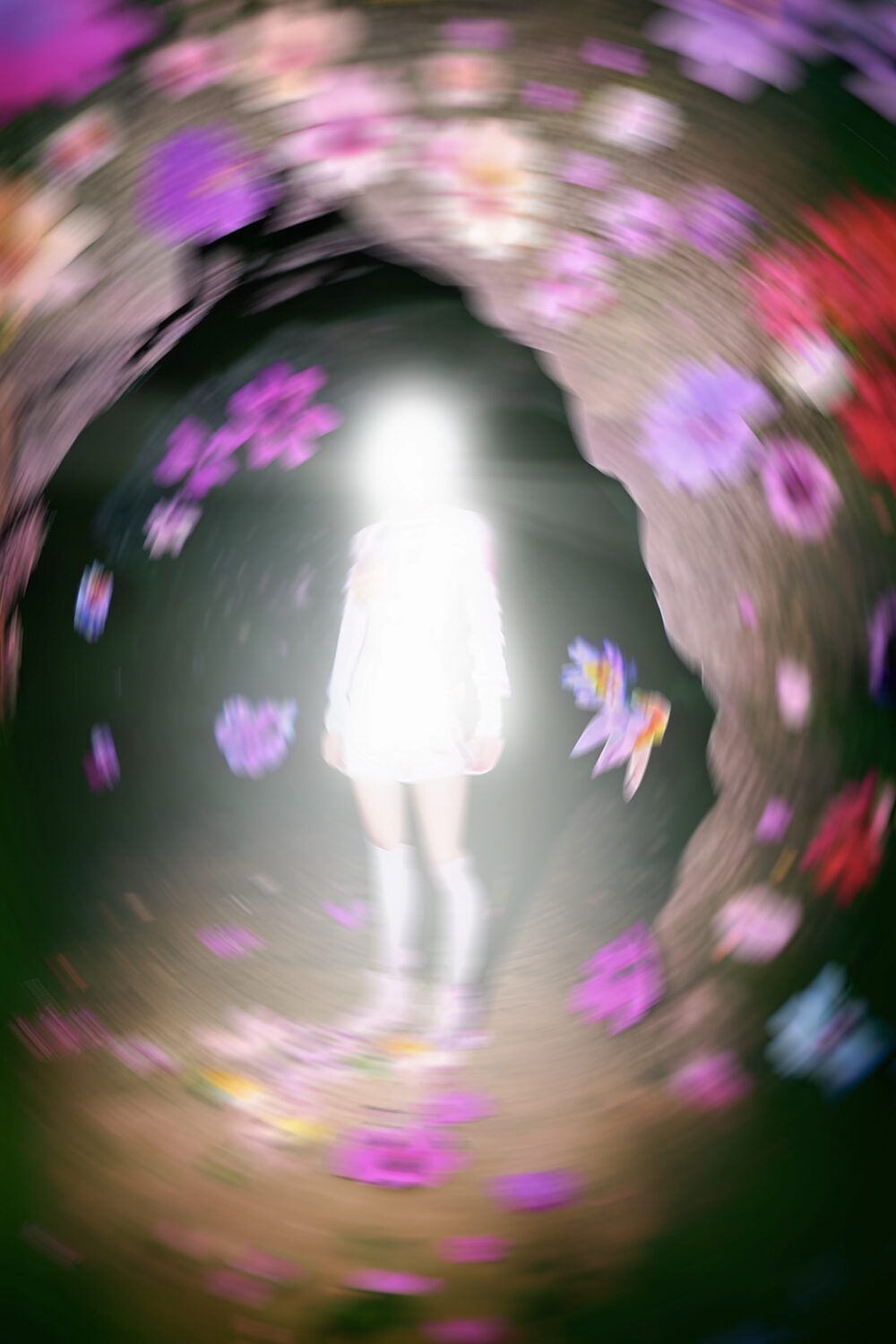
Where do you find inspiration?
I often find it in the same places as the artists I work with: in archival gaps, in objects that carry hidden histories. As both a curator and an artist, I am drawn to the knowledge that emerges from destruction — the insights, memories, and possibilities that appear precisely because something else has been broken or lost.
What are your future creative plans?
Alongside curating IPMA, I am completing my PhD and beginning a new photographic series. It is too early to disclose its direction, but it will continue my interest in how materials hold memory, how technologies of progress can also become threats, and how absence can reveal as much as presence.
